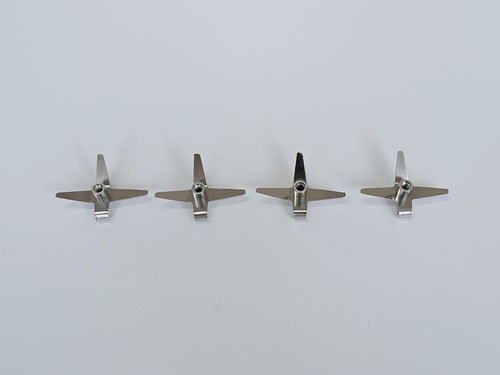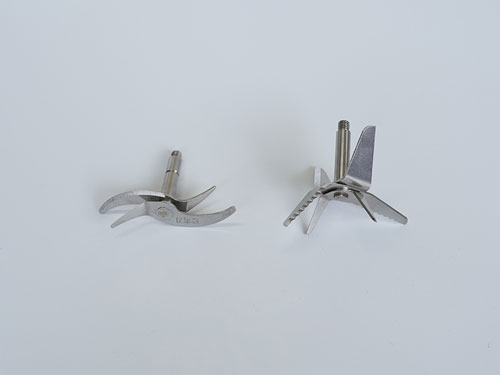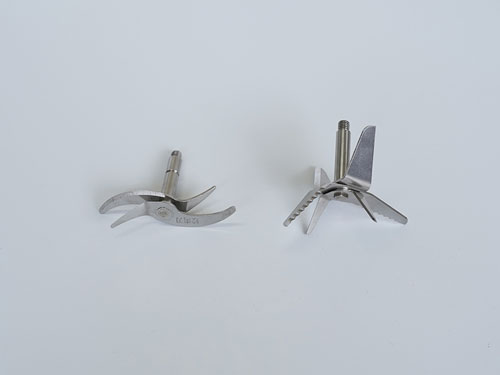

The main reasons for the inconsistent shape and size of hardware stretching parts are bouncing and inaccurate positioning. In addition to taking measures to reduce rebound, the reliability of blank positioning should also be improved. Surface strain of metal stretching parts is caused by improper material selection, low heat treatment hardness, poor smoothness, mold corner wear, poor surface quality of bent blanks, excessive material thickness, unreasonable process selection, lack of lubrication, etc. When the angle between the bending curve and the rolling direction of the sheet metal does not meet the requirements for deep bending cracks in hardware stretching parts, and when the bending curve is bent in a unidirectional V-shape, the bending curve should be perpendicular to the rolling direction; When bending in both directions, the bending curve should form a 45 degree angle with the rolling direction. Poor plasticity of metal stretching parts. The bending radius is too small and the pickling quality is poor. Insufficient lubrication and excessive friction.

The solution is that the shape of the metal stretching parts should be as simple and symmetrical as possible, and a deep drawing should be carried out as much as possible; For parts that require multiple stretches, traces on the inner and outer surfaces are allowed during the stretching process while ensuring the necessary appearance quality; On the premise of ensuring installation requirements, the side walls of the drawing should have a certain slope; The distance between the bottom or hole edge and the side wall should be appropriate; The corner radius between the bottom and the wall, the flange and the wall, and the four corners of the rectangular part of the drawing should be appropriate; The dimensions of hardware stretching parts should not be marked together with the internal and external dimensions.





.jpg)
.jpg)